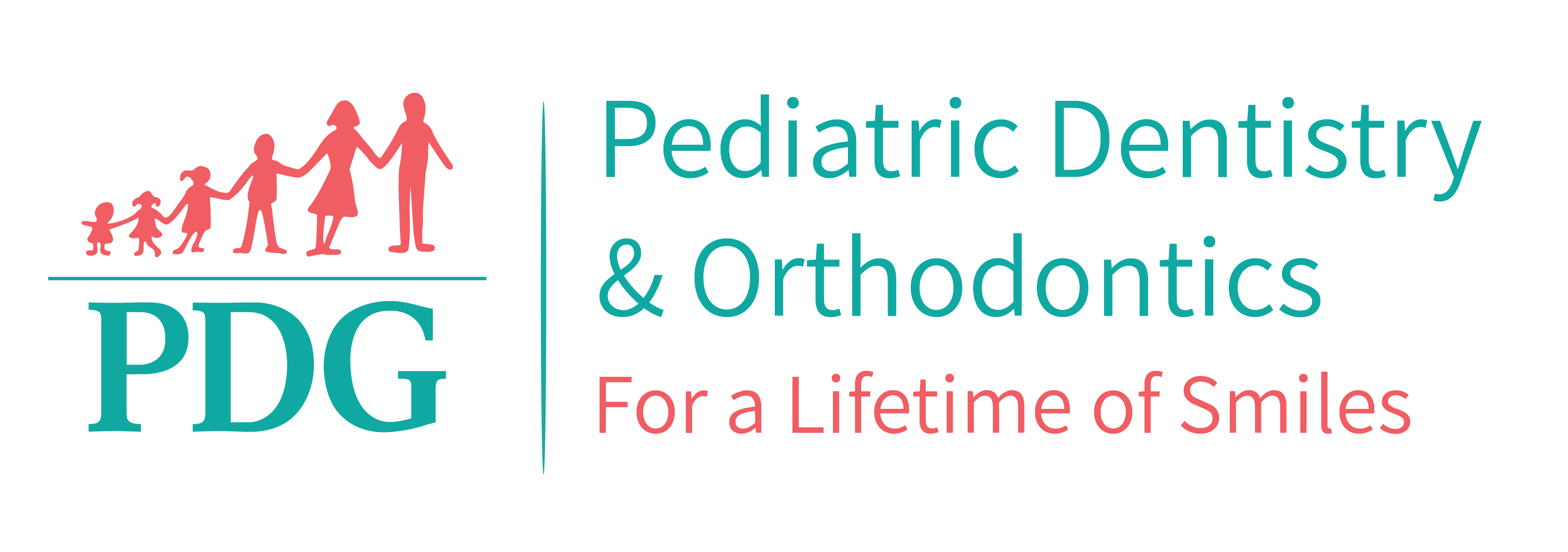Clinical Cases
We understand that you want the best for your child. Thus, the PDG team focus on providing the highest quality dental care possible for the people you love!
View our “before” and “after” dental treatment and tips photos below to see how we’ve helped many of our patients overcome cavities, advanced tooth decay, fractured teeth or other issues. We restore your young one’s teeth so they can smile with confidence again!
Brushing your infant’s teeth
Your infant or young child’s teeth may be brushed by supporting the head on your arm or on a flat surface.
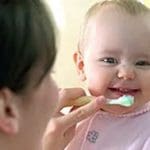



How cavities form
Histological slides of how cavities form and advance in grooves on the biting surfaces of teeth. Cavities in the grooves are much larger than what is seen on the surface. A huge cavity may be hidden underneath a small surface one.
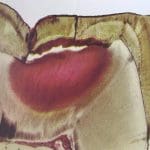

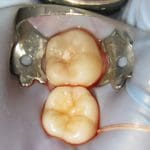
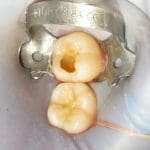
Deep Grooves
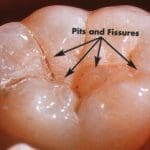
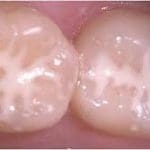
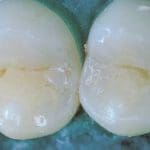
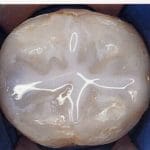
Cavities on front baby teeth
Cavities on front baby teeth may progress rapidly when left untreated. The speed of advancement is even faster for the back teeth.
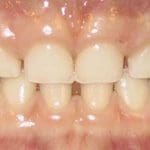
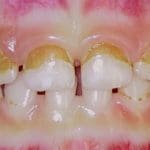
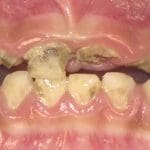
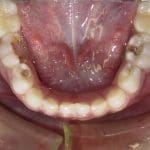
Composite crowns
Composite crowns may be used to fix front baby teeth before they cause infections and discomfort for children. Here you could see before treatment and immediately after composite crowns are placed.
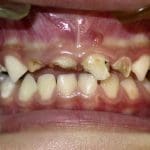
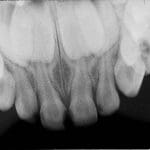
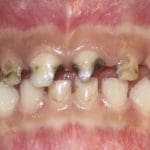
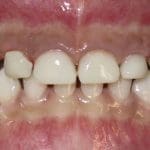
Radiographs
Radiographs demonstrating presence of cavities between the teeth: early stages to advanced stages with infection of lower left tooth.
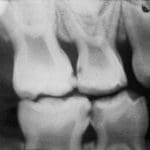
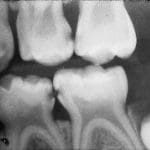
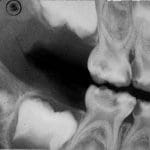
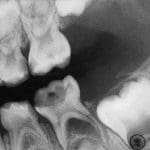
Cavities between teeth
Cavities between the teeth may be fixed by using silver fillings.
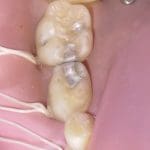
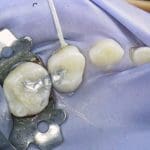
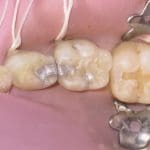
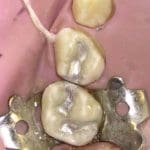
White fillings
Cavities may be fixed by using white fillings.
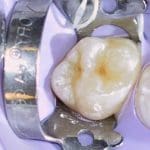

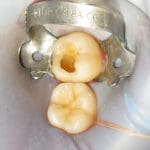
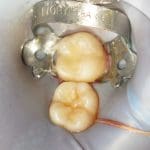
Large cavities on the back teeth
Large cavities on the back teeth, which are structurally compromised, may be restored with stainless steel crowns. Defective teeth may be restored with stainless steel crowns as interim restoratio
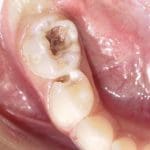
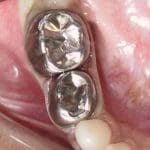
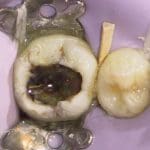
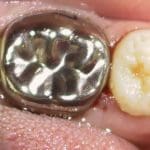
Premature tooth loss
When a baby tooth is lost prematurely the space may need to be maintained for the permanent tooth. Here are some examples of space maintainers: Band and loop, Lingual Arch, Upper Nance, and Distal Shoe.
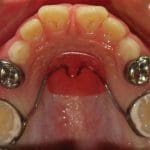
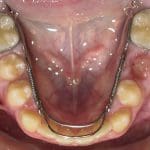
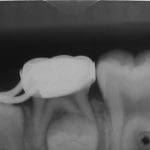
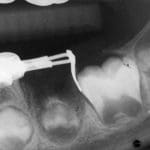
Excessive openbite and constriction of the upper jaw
Habits such as thumb-sucking, excessive use of soothers, tongue thrust, and mouth-breathing may lead to excessive openbite and constriction of the upper jaw, requiring orthodontic intervention.
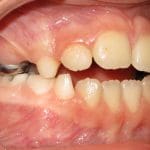
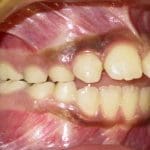
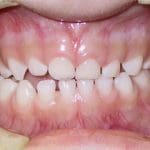
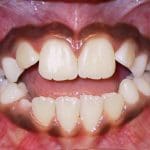
Spaces
Spaces between teeth are generally due to small teeth for the size of the jaw. These spaces may be closed by bonding or veneers in order to improve esthetics of smile
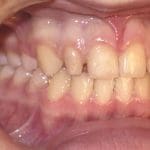
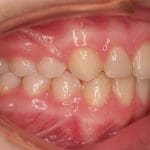
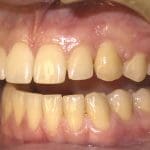
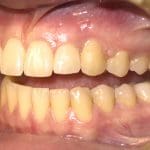
Fractures
Trauma to primary or permanent teeth may result in fractures. These fractures may be restored by using white fillings that are bonded to tooth structure.
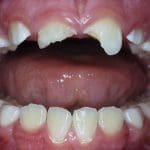
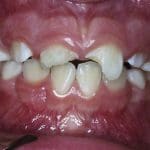
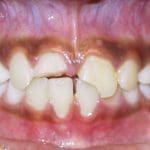
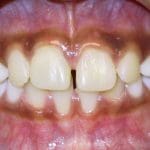
Brushing Your Infant’s Teeth
Brushing Your Infant’s Teeth
You can start caring for baby’s gums right away:
- Get a soft, moistened washcloth or piece of gauze.
- Gently wipe down your baby’s gums at least twice a day.
- Especially wipe your baby’s gums after feedings and before bedtime.
This will wash off bacteria and prevent them from clinging to gums. Bacteria can leave behind a sticky plaque that damages infant teeth as they come in.
Here is a video to help you to caring for your baby’s oral health:
As soon as teeth erupt, you can start using a toothbrush and an age appropriate fluoride toothpaste in the amount of a grain of rice. You can increase this to a pea-sized amount of toothpaste when your child is age 3.
Choose one toothbrush with a soft brush, small head and a large handle. Brush gently all around your child’s baby teeth twice a day.
You should brush your baby’s teeth until them are old enough to hold the brush. Continue to supervise the process until your child can rinse and spit without assistance.
Eruption Hematoma
Eruption hematomas are usually found in children. The fluid in the cyst is sometimes clear creating a pale-coloured cyst although often they are blue. An eruption cyst (eruption hematoma) is a developmental soft-tissue cyst of odontogenic origin that forms over an erupting tooth . Common in children while rare in other ages and found in both dentitions, baby and adult teeth.
If your child has an eruption hematoma, you should bring them to the dental office where the doctor will examine and decide if treatment is required.
How cavities form
Cavities result from tooth decay, a process involving multiple stages. It begins when bacteria inflicts damage on the hard surface of the teeth, and the destruction will spread into the deeper layers if left unchecked. It can also be multifactorial, meaning it’s caused by more than one factors such as genetics, bacteria in mouth, diet, food left behind and others.
Regular care of your teeth and a healthy diet can be enormously helpful in warding off this decay of you or your children’s pearly whites.
Watch this video to understand more what causes cavities:
Deep Grooves
Every person has certain anatomic features. Some children have permanent teeth with very thin and deep grooves that, even with an exceptional at-home oral hygiene care, can develop cavities. That happens because the grooves are too thin and deep for the toothbrush bristles to reach inside of them.
A typical suggested treatment in these cases are dental sealants: a thin coating painted on the chewing surfaces of teeth to prevent tooth decay.
Cavities on front baby teeth
This is also referred to as “early youth caries” or “baby bottle tooth decay”, a common issue amongst children under the age of five, however, can be prevented through awareness and prevention.
The type of treatment depends upon the severity of the decay. As with many health concerns, the earlier the issue is resolved, the less comprehensive and invasive the treatment will be.
Composite crowns
Composite crowns may be used to fix front baby teeth before they cause infections and discomfort for children. These crowns are ideal for restoring the front teeth because it can be shaded to match their natural tooth colour.
Composite crowns are not as strong as their stainless steel counterparts. If your child has a composite crown applied to one of their teeth, be sure they are extra diligent with their home oral hygiene and are extremely careful about not biting into very hard foods such as carrots, lollipops, and apples and instead using the back teeth so they can help maintain the appearance and shape of the crown.
Here you can see before and after composite crowns are placed.
Dental X-Rays
X-Rays (Dental Radiographs) give us important detailed information that we cannot get by direct examination. Tooth decay is often “hidden” between children’s teeth. It is best to find and treat it at an early stage, making dental care more comfortable for your child and more affordable for you.
Dental x-rays are also important to survey developing teeth, evaluate effects of an injury/trauma, investigate areas of concern and plan for orthodontic treatment.
The amount of radiation received via dental x-rays is extremely small. Even though, at PDG we only take x-rays when necessary.
Cavities between teeth
A cavity between two teeth is called an interproximal cavity. Just like any other cavity, interproximal cavities form when the enamel is worn away, and bacteria sticks to the tooth and causes decay.
Children and adults often become aware of the cavity when they start to feel tooth sensitivity to sweets, cold drinks and discomfort when chewing, or, during a dental visit where the dentist or hygienist spot the cavity, typically through a bitewing X-ray.
White fillings
Composite fillings are also called white fillings. To treat a cavity, your dentist will remove the decayed portion of the tooth and then “fill” the area on the tooth where the decayed material was removed.
White fillings are also used for improvements of the smile by changing the colour of the teeth or reshaping disfigured or broken teeth.
Frenectomy
A Frenectomy is the laser surgical removal of the frenum, a band of tissue in the mouth. Benefits of Frenectomiesv are:
- Eliminates lip and tongue ties that can prevent an infant from breastfeeding.
- Corrects speech issues.
- Less oral discomfort.
- Cosmetic benefits that eliminate gaps in teeth.
- Improves the function of a bite.
Silver Diamine Fluoride (SDF)
SDF is a topical medicament used to treat and prevent dental caries and relieve dentinal hypersensitivity. It has clinical utility in children and adolescents when patient cooperation for restorative dentistry is limited due to young age, situational anxiety, or intellectual and developmental disabilities.
The SDF application is not a replacement for the restoration of decayed teeth with dental fillings or crowns. Rather, it is an effective interim therapy used as part of a comprehensive treatment plan.

Request An Appointment
We are proud to offer professional and attentive dental services to children in a friendly environment.
